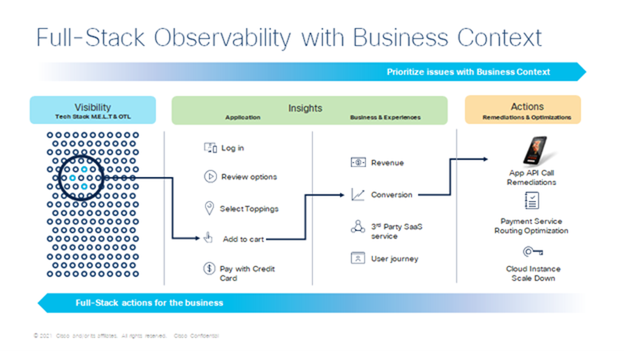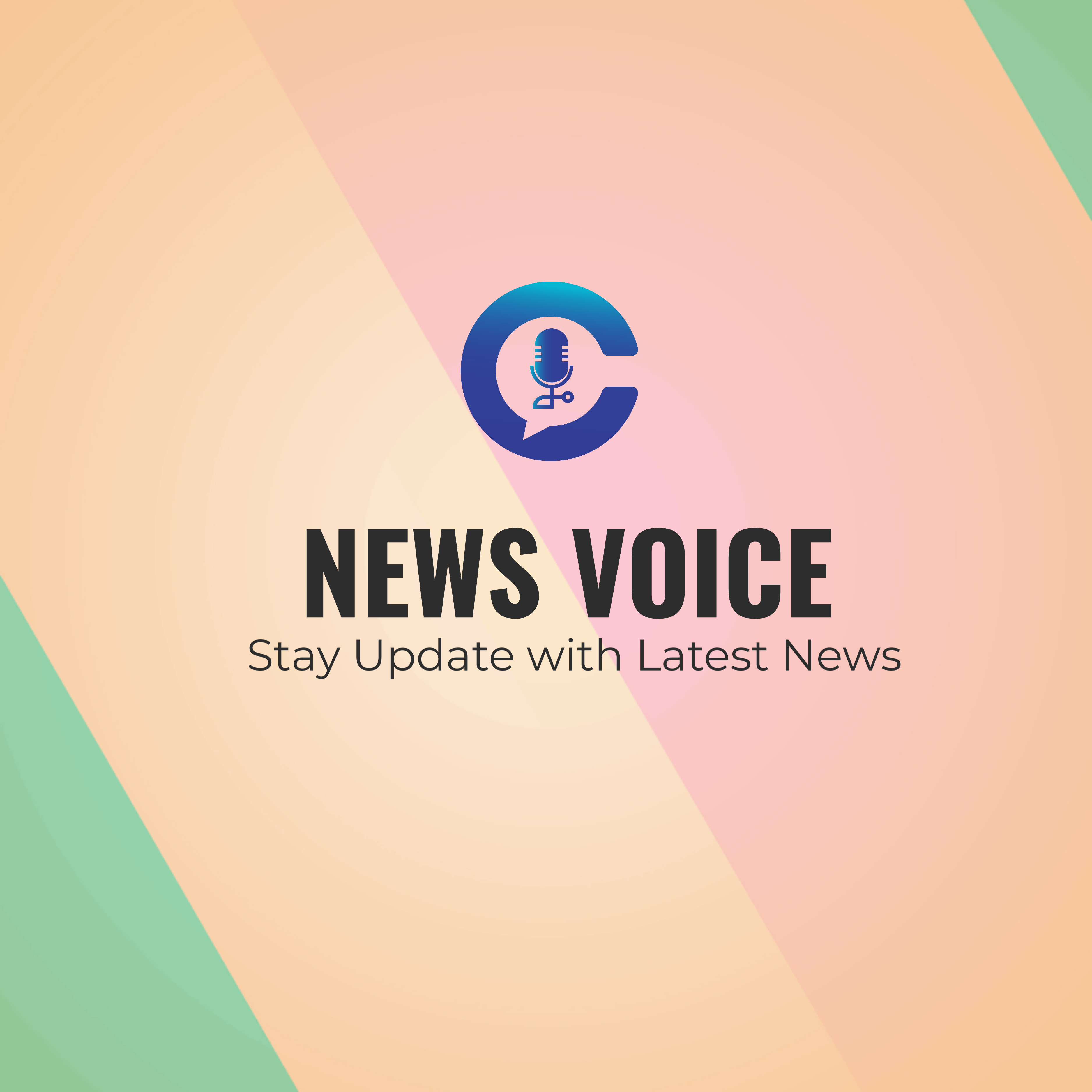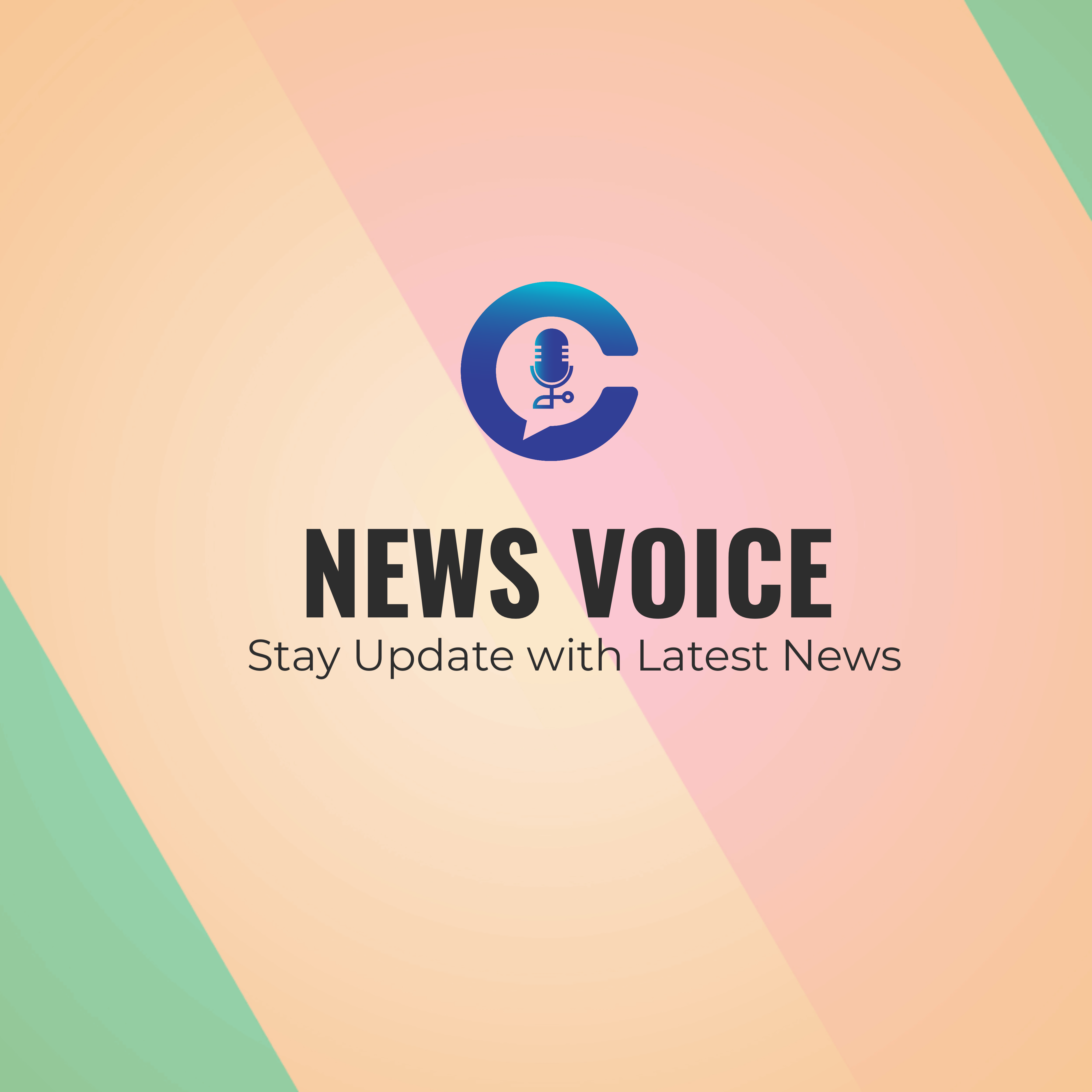Full-Stack Observability Services Market Size, Segmentation, and Outlook | 2035

For a new startup, entering the formidable and highly competitive global market for full-stack observability is an exceptionally challenging endeavor, as the landscape is dominated by a handful of large, well-funded, and deeply entrenched platform giants. A pragmatic analysis of effective Full-Stack Observability Services Market Entry Strategies reveals that a direct, head-on attempt to build a new, general-purpose, all-in-one observability platform to compete with Datadog or Dynatrace is a high-cost strategy with a very low probability of success. The most successful entry strategies for newcomers are almost always built on a foundation of sharp focus and either technological differentiation or a disruptive business model. This involves identifying a specific, high-value, and underserved niche within the vast observability landscape and aiming to become the undisputed best solution for that single problem. The Full-Stack Observability Services Market size is projected to grow USD 60.29 Billion by 2035, exhibiting a CAGR of 21.88% during the forecast period 2025-2035. The constant evolution of technology creates a continuous stream of such niches, providing opportunities for focused and innovative startups.
One of the most powerful and viable entry strategies is to focus on a new or emerging data type or technology that is not yet a core focus for the major platforms. For example, the rise of eBPF (extended Berkeley Packet Filter) as a new, powerful way to get deep visibility into the kernel of an operating system has created a massive opportunity. A new startup could build a platform that is entirely based on eBPF, offering a level of granular, low-overhead visibility into application and network performance that traditional agent-based solutions cannot match. By becoming the leader in this new, technologically superior approach to data collection, a new company can build a strong competitive moat. Another promising niche is to focus on the "data" part of observability itself. As the volume of telemetry data explodes, the cost of ingesting and storing it all in a major platform is becoming a massive problem. A new entrant could build a business around an "observability pipeline" tool that sits in front of the major platforms and intelligently filters, routes, and reduces this data, helping companies to control their observability costs.
Another highly effective entry strategy is to build a product for a specific, underserved developer community or a niche vertical. For example, a startup could build an observability platform that is purpose-built for the mobile application developer, with deep, specialized features for tracking mobile app performance, crashes, and user experience that are superior to the more generic mobile monitoring of the large platforms. Another could focus on the serverless and Function-as-a-Service (FaaS) ecosystem, which has unique monitoring challenges. A third strategy is to innovate on the business model. While the major players have complex, multi-product pricing, a new entrant could offer a radically simplified, consumption-based pricing model that is more transparent and predictable. In all these cases, the key to a successful entry is to avoid being a "me-too" platform and to instead find a sharp, differentiated wedge into the market, whether that wedge is a new technology, a specific user, or a disruptive business model.
Top Trending Reports -






